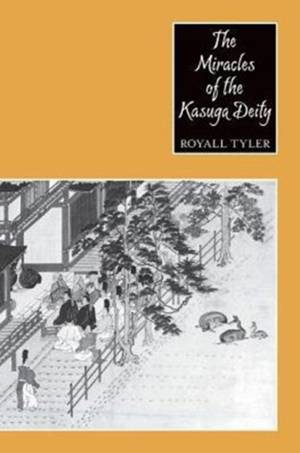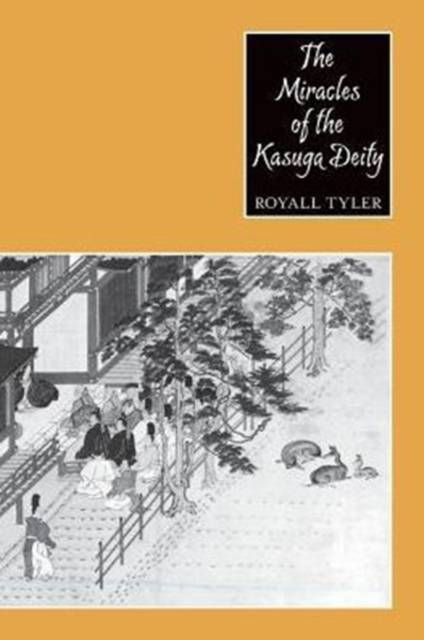
Je cadeautjes zeker op tijd in huis hebben voor de feestdagen? Kom langs in onze winkels en vind het perfecte geschenk!
- Afhalen na 1 uur in een winkel met voorraad
- Gratis thuislevering in België vanaf € 30
- Ruim aanbod met 7 miljoen producten
Je cadeautjes zeker op tijd in huis hebben voor de feestdagen? Kom langs in onze winkels en vind het perfecte geschenk!
- Afhalen na 1 uur in een winkel met voorraad
- Gratis thuislevering in België vanaf € 30
- Ruim aanbod met 7 miljoen producten
Zoeken
Omschrijving
In this annotated translation and study of an early fourteenth-century Japanese devotional picture scroll set, Royall Tyler illuminates the complex relationships between medieval Japanese religion and politics, text, and art. The Kasuga Gongen genki ("The Miracles of the Kasuga Deity") mingles text and painting on silk to tell the tale of miraculous events at the Kasuga shrine in Nara, a site favored by the dominant Fujiwara clan for centuries. The work's values are aristocratic, but the text sheds light on the syncretic nature of the era's religious practices, allowing Tyler to collapse the distinction between high and low forms of medieval Japanese religion. Tyler provides a detailed examination of the scrolls, the shrine, and their history and political role. He also elucidates the scrolls' relationship to literary genre and religious practice, including the interaction between Shintoism and Buddhism. His copious annotations describe the work's historical context, as well as its religious and cultural influences. This study is essential for scholars of religion, art historians, and cultural historians alike.
Specificaties
Betrokkenen
- Auteur(s):
- Uitgeverij:
Inhoud
- Aantal bladzijden:
- 314
- Taal:
- Engels
- Reeks:
Eigenschappen
- Productcode (EAN):
- 9780231069595
- Verschijningsdatum:
- 5/04/2016
- Uitvoering:
- Paperback
- Formaat:
- Trade paperback (VS)
- Afmetingen:
- 152 mm x 226 mm
- Gewicht:
- 453 g

Alleen bij Standaard Boekhandel
+ 108 punten op je klantenkaart van Standaard Boekhandel
Beoordelingen
We publiceren alleen reviews die voldoen aan de voorwaarden voor reviews. Bekijk onze voorwaarden voor reviews.









